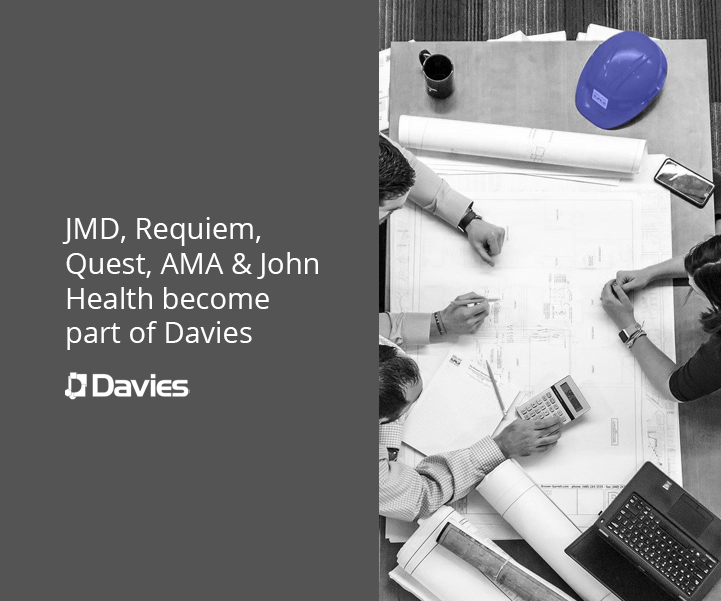Constructive Collateral Conversations Part 2: Insurance Company Pain Points
December 3rd 2021
As introduced in our first blog in this series, collateral requirements for large deductible and other alternative programs can be a source of frustration for both sides of the transaction. Although it can seem like the insured experiences the larger portion of dissatisfaction, there are definitely frustrations and pain points for insurance companies as well when it comes to collateral requirements and large deductible programs.
“We (the insurance company) spend too much time and resources estimating and monitoring collateral over time.”
Within an insurer’s operations, there are several roles that spend a material amount of time focusing on collateral. For example, underwriters may spend as much time on collateral negotiations and related activities as they do on the actual underwriting and premium determination. Credit risk analysts analyze the financials of insured organizations and generally monitor that the appropriate collateral has been posted. Actuaries also play a key role in the calculations by creating and updating models to estimate required collateral. These and other roles collectively represent a significant amount of time to just one, albeit important, function of the business. (Note that all this time is being spent on the deductible layer exposure, which the insurer is not even intending to be liable for.)
“Legal Costs related to collateral can be significant.”
Legal action related to collateral agreements, although not typical, are also not out of the ordinary. Insurance companies may have to pursue legal action when requiring additional collateral based on deteriorating experience and/or the financial rating of an insured entity. Additionally, although the LOCs, or other collateral instruments, provide credit risk protection, executing them is not without legal costs and challenges. This all adds to the operating costs of large deductible and other programs where collateral is needed.
“We (the insurance company) can and have faced financial consequences due to collateral and credit risk.”
In extreme situations, insurance companies have been forced into liquidation from inadequate collateral. As mentioned in the first blog in this series, the insurance company is ultimately responsible to pay for deductible-layer claims if the insured entity is insolvent or unwilling/unable to pay.
Carriers have been bankrupted by losses driven by under-collateralized liabilities. In other less extreme cases, losses due to credit risk may not put an insurance company out of business but there are financial losses nonetheless. These financial consequences understandably make insurance companies cautious when it comes to collateral and credit risk.
What can the insurer do?
From our experience both working inside insurance companies and consulting for them, one of the most direct ways to mitigate collateral and credit risk while addressing the inefficiencies inherent in underwriting/credit/actuarial operations is to develop more efficient and advanced approaches to setting and adjusting collateral. Some insurers use models that are simply multiplying incurred losses by a loss development factor, also known as the chain-ladder method[1]. Some insurers use the same model regardless of industry, which then fails to reflect differences in loss development and/or trend.
While all the considerations involved in developing more robust processes and models are beyond the scope of this article, best-in-class insurance companies should understand and incorporate the differences across industries and individual insureds into their models and processes.
While insureds can benefit from negotiating terms related to collateral and insurers can benefit from improving processes and models, there is still much to be said about approaches that can benefit both simultaneously. Next, we present our third and final article in this series!
Frank Huang has more than 15 years of actuarial consulting experience serving a wide range of clients, including serving as ADP’s Chief Actuary.
[1] Using only one method is overly simplistic in many cases, and is even warned against in Actuarial Standards of Practice (ASOPs).
-
December 1st 2021
Constructive Collateral Conversations Part 1: Insured Company Pain Points
The quote “in this world, nothing can be said to be certain except…
-
December 23rd 2021
Constructive Collateral Conversations Part 3: How to Help Both Insureds and Insurers Simultaneously
Discontent related to the collateral requirements from large deductible and other alternative risk…
-
August 22nd 2022
We’re Delighted to Announce the Acquisition of Insurance Services Assets from R&Q
Davies today announces a deal to acquire the international insurance services assets of…


